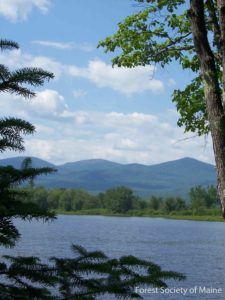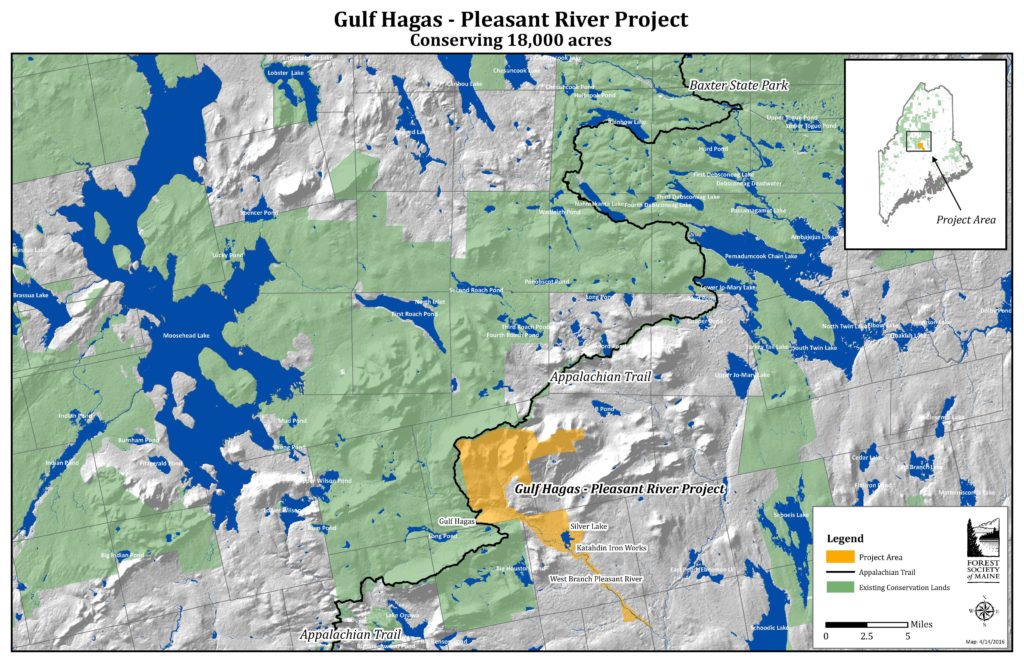
Originally published in The Forestry Source, June 2017, used here with permission.
By Andrea Watts
By The Conservation Fund’s estimates, 45 million acres of working forests in the US are at risk of parcelization, conversion to other uses, or a combination of both. Securing conservation easements or purchasing the land outright when it’s up for sale can prevent these scenarios from occurring. However, both options require immediate access to tens or even hundreds of millions of dollars, and for state or federal agencies and land trusts who want to retain working forest landscapes, securing this type of funding often takes years. Bridging this gap between securing multi-million dollar funding and conserving America’s working forests is the purpose of the Conservation Fund’s Working Forest Fund (WFF).
SAF member and WFF Director Brian Dangler has helmed the program since its start in 2010; he was recruited because of his past experience in both forestry and real estate and overseeing the transfer of International Paper’s timberland holdings to The Nature Conservancy and to the Conservation Fund (the Fund) in 2006. This divestiture of large areas of working forestland, coupled with divestitures by other companies, such as Champion International of its working forests in the Northeast, caught the attention of the Fund as a potentially alarming trend.
“With these lands shifting out of ownership from the vertically integrated forest products companies, like International Paper, and into investor groups, TIMOs [timber investment management organization] and REITs [real estate investment trust], the Fund’s leadership realized that this was just a temporary first wave of ownership; and as these funds mature, the timberland could be resold in chunks and smaller pieces, compromising the ability of large working forests to function both ecologically and economically,” Dangler explained.
Having the experience developing working forestland conservation easements through their work with Champion and other projects, the Fund had the confidence to undertake working forest easements throughout the country. Although there were smaller organizations doing similar work before the creation of the WFF, what sets the Fund’s program apart, according to Dangler, is “[our] pioneering effort to do large-scale land holdings.”
“We have to be ready for when these lands come out of these investor vehicles, because it’s all about timing,” he said. “We have to have the cash to be able to compete with everybody else, other investors at auction, and we also have to have the time in order to match the available permanent conservation funding. The Working Forest Fund does both of those things—it allows us to compete at auction like any other timberland buyer, because we have readily available bridge capital (cash), and then we’re able to buy and hold these properties for the amount of time it takes to secure permanent conservation out-sale funding, which may take several years.”
“[The Fund is] able to move swiftly to acquire forestland that goes on the market and stabilize it while a working forest conservation easement is designed and then implemented,” said Karin Tilberg, deputy director of the Forest Society of Maine (FSM), a nationally accredited land trust that has recently worked with the Fund to secure funding through the WFF on a number of projects. “I can’t emphasize enough how important that is.”
The Fund acquires its funding from philanthropic grants and loans, and borrows money from traditional sources such as banks and nontraditional sources such as state water boards.
“The magic here is that as we continue to grow the program, we buy the properties, sell an easement, resell the property back into the private market and we roll all that money back into the next deal,” Dangler explained. “The fund grows over time so any profits go into furthering the mission, protecting more working forests.”
Once the Fund owns the land, they develop a conservation easement with the federal or state agency or land trust who will eventually hold the easement to incorporate their objectives into the easement document; in addition, they also develop a forest management plan. With the conservation easements in place, the land is then placed on the open market and sold to a private buyer.
“The real goal [of WFF] is to maximize the conservation footprint, to keep as much large intact working forests whole so that their integrity will help communities, and keep it on the tax rolls, keep the jobs rolling,” he said.
Tilberg said FSM is very supportive of conservation easements, because the landowner continues to pay taxes and the working forest remains part of the forest-products economy of the state.
Since 2010, the WFF has had more than 485,000 acres under conservation management in 15 states through its 33 projects. It typically takes of three to five years to finalize the total conservation outcome before selling the property on the private market.
Although WFF operates in all the timber-growing regions across the US, it has demonstrated its worth in Maine through several WFF-funded projects. The FSM recently collaborated with the WFF on the Reed Forest project, which Dangler calls precedent setting. For an undisclosed amount, the computer company Apple funded the conservation easement on 32,400 acres in Aroostook County, Maine, so they would remain working forests. “Many of the products [Apple uses] come from working forests,” Dangler explained.
Tilberg notes that these forestlands have been managed in the past for forest products and, with an easement in place, will continue to remain available for forest management. And with the easement, Reed Forest is also permanently open for public recreation.
For Tilberg, the WFF is essential to furthering FSM’s work, because other funding sources for conservation easements such as the Forest Legacy Program are on the decline.
“We get calls from landowners who want to proceed with working forest easements, but we do not have readily available funds to acquire them,” she explained. “Having The Conservation Fund as a partner and having their Working Forest Fund available gives us time and flexibility to figure the project funding out.”
Dangler echoed this same concern: “We need bridge capital to purchase the projects and we need permanent conservation easement funding. State and federal sources really can’t keep up with the need, so that’s a big challenge.”
Although the WFF has already proved successful in retaining working forests on the landscape, Dangler said there is still more work to be done.
“We see a great opportunity and a limited amount of time to do it as investor-owned large-scale timber properties get fragmented and parcelized,” he said. “Time is of the essence, and we are gearing up to do our best to make an impact while we have the opportunity.”
To learn more about the WFF, visit tinyurl.com/m6ty44t.

 The lands in the Gulf Hagas – Pleasant River project contain a unique concentration of North Woods and Appalachian Trail related recreational infrastructure and opportunities. Their permanent conservation is integral to ensuring the future of this nationally and regionally significant recreational area, which includes: the Appalachian Trail, Gulf Hagas, the Hermitage, the 100-Mile Wilderness, the Katahdin Iron Works/Jo Mary Forest, and Moosehead Lake. The project lands contain the trailhead and parking area for Gulf Hagas—a highly popular recreational destination—and they provide scenic views for people from all over the U.S. and the world who hike this portion of the Appalachian Trail each year.
The lands in the Gulf Hagas – Pleasant River project contain a unique concentration of North Woods and Appalachian Trail related recreational infrastructure and opportunities. Their permanent conservation is integral to ensuring the future of this nationally and regionally significant recreational area, which includes: the Appalachian Trail, Gulf Hagas, the Hermitage, the 100-Mile Wilderness, the Katahdin Iron Works/Jo Mary Forest, and Moosehead Lake. The project lands contain the trailhead and parking area for Gulf Hagas—a highly popular recreational destination—and they provide scenic views for people from all over the U.S. and the world who hike this portion of the Appalachian Trail each year.
